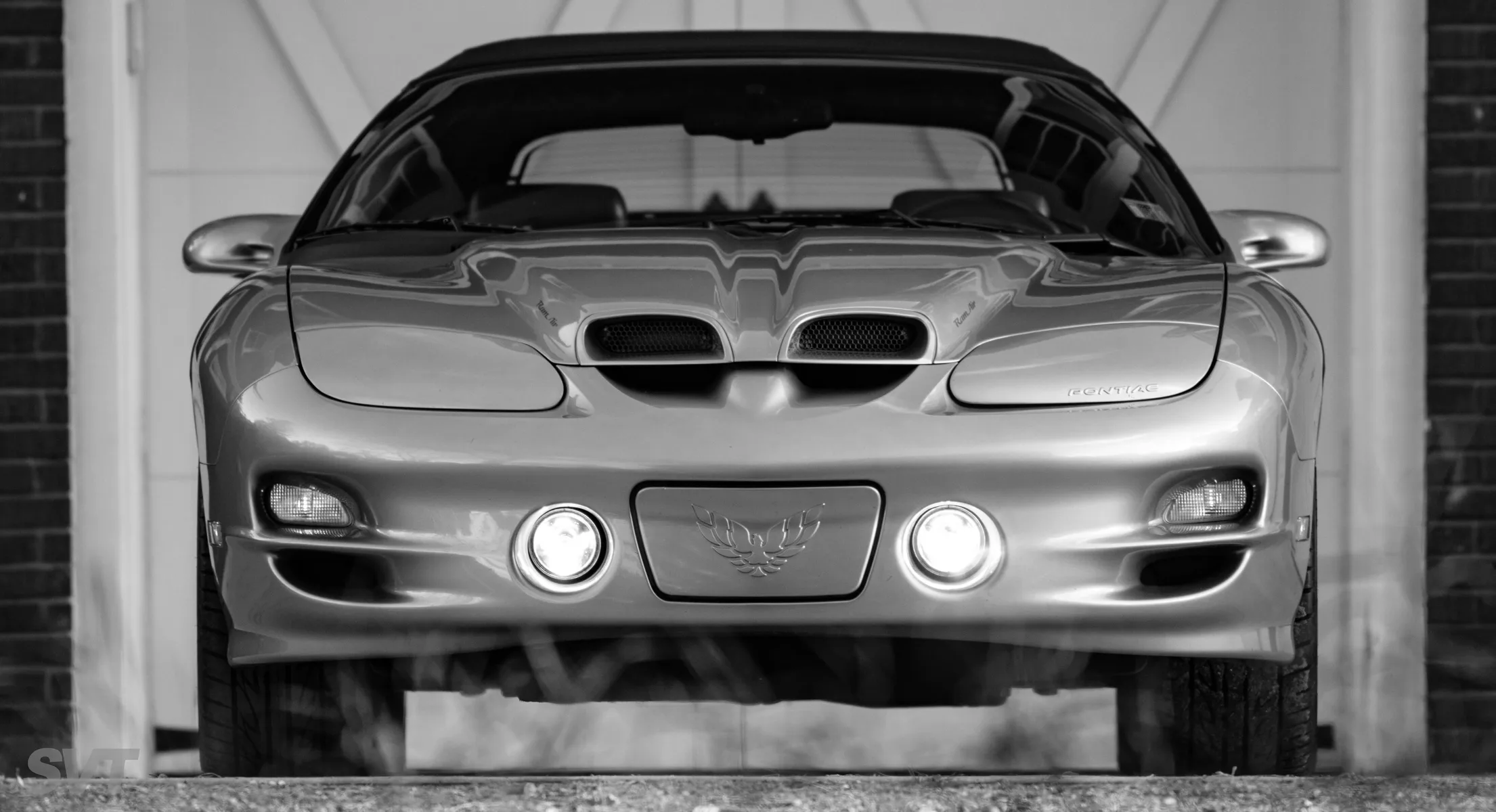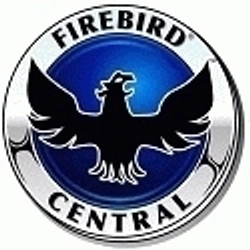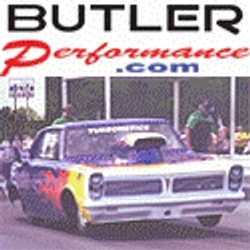1976 Trans Am Chuck Lincoln
's 1976 PontiacThe Story
What to do with a 40 year old Trans Am
I refer you all back to an article from the January, 2010 issue. I am the original owner of a 1976 Trans Am. Living in Upstate NY and wanting to “keep this car for its life;” it has not seen a Syracuse (a.k.a. “The Salt City”) Winter – stored every year since I have owned it. This year I decided to take it into a local, full service speed shop (White’s Auto & Speed, Cicero, NY) to discuss what critical maintenance needed to be done to a 40 year old car with 120,000 miles on it. As we put it up on the rack, one could see that all the rubber bushings and spacers were shot – dry rot mostly; some even gone. So we elected to get the Energy Suspension bushing & frame kit and replace them all. Also, it was also noted that the engine was leaking oil. Leaks were coming from the valve covers, oil pan, intake tray, timing cover, around the fuel pump, the rear engine seal and a few other places. So we also purchased the engine gasket kit.
As we totally took the front suspension apart, we decided to replace other worn items: upper & lower ball joints, new front shocks (the third set for this car), and coil spring isolators. While most of this stuff is boring, it needed to be done and should bring the handling to better than Factory original. While this work was contemplated, it was determined that in order to properly get at the rear engine seal, the engine would have to come out of the car. So once the engine (a 400 cu. in. Pontiac engine) was out of the car, we did a leakdown (compression) check which revealed that four of the cylinders (1, 8, 4, & 7) were leaking 30%. Two more, 2 & 5 were at ~ 23% blow by. The normal guideline is < 20%. So we decided to consider an engine rebuild. Bore & hone all the cylinder walls, new oversized pistons & rings, polish the camshaft & crankshaft (keeping the original components), new connecting rods and main bearings, a valve job, new oil pump, new valve guides and new brass soft plugs. While removing the engine, we also removed the radiator – the original 2-core. We saw the condition and decided to recore the unit with a 3-core replacement as these Firebird engines were noted for their overheating issues.
While this was certainly a good plan, the 64 million dollar question was: “is the engine still in good enough shape to merit a rebuild?” As we took the engine apart, we all agreed that it was still in good enough shape the warrant a rebuild. This Pontiac engine is strong, all cast iron: block, heads, intake, etc. I have religiously changed the oil and have used nothing but Mobil 1 since the first oil change at 1,000 miles. While the cylinder walls had the expected wear ridges at the spot where the pistons reversed direction (< 0.006”), they were Bored then honed out 0.030” and the pistons were replaced with oversized ones to accommodate this machining. The crankshaft was in great shape and needed to be just cleaned and polished std/std and fitted with new bearings. The camshaft was another thing. Three of the lobes were worn past their Factory specs and so we decided to replace it. We put in a new OEM camshaft to stay “original.” In the cylinder heads, three of the exhaust valve seats angles were out of spec – probably from the Factory, so all the valves and valve seats were machined back to original tolerances. Also, 3 of the valve guides were worn past Factory specs and were fitted with new valve guide inserts. The cylinder heads were also resurfaced .005” for a good head gasket seal. All engine parts were dipped, cleaned and shot blasted and repainted the original Pontiac Blue. (see photo).
We also rebuilt the carburetor, which was the original Rochester Quadrajet 4-barrel carb and actually really didn’t need anything more than a good cleaning, but we did it anyway, while it was off the engine. [Note: I have always used HiTest gas in it.]
Before the engine came back together and went back into the car, we power washed, painted and detailed the engine compartment and overall spruced it up.
We also changed the oil in the rear differential and 4-speed Muncie manual transmission. All looked well with both so no other work was done here. The clutch was fairly new and was in good shape. We also put in a new (rebuilt) starter as the electrical connections on the original one were pretty well shot.
Once I had the completed car back the first very noticeable improvement was how quiet it was cruising down the road. When I hit a bump, there were no more rattles and noises – those new bushings along with tightening things up really did the trick. Next was how much cooler the engine was running after obviously cleaning it all out and recoring the radiator, now much more efficient. The engine starts quicker, the choke engages properly (had always been a problem before) and it runs super smooth. As I presently have break-in oil in it, I haven’t yet really gotten on it to see what real performance improvement I gained, but more to come.
Also, since we put in all new bushings throughout the frame and steering suspension, I took it into a local body shop with new digital alignment equipment to insure that everything was properly aligned.
My 1976 Trans Am has been given a new life with this expensive rebuild and will provide many, many more years of pleasurable driving and cruising. I am truly looking forward to it!
I started writing this on Sunday, October 2, 2016 with a schedule to complete the work in 3 weeks. So this is a story in progress with more to come (photos too.) I made additions to this as the engine was being rebuilt on Saturday, October 15, 2016. Got the car back the first week of November. Now Nov. 8, 2016

See Your Local Chapter Events
Our chapters often sponsor car shows and other events.




